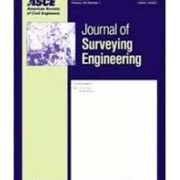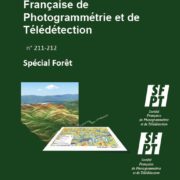Accuracy of Digital Surface Models and Orthophotos Derived from Unmanned Aerial Vehicle Photogrammetry
Francisco Agüera Vega, Fernando Carvajal Ramírez, Patricio J. Martínez Carricondo
2016
Journal of Surveying Engineering, 04016025
http://dx.doi.org/10.1061/(ASCE)SU.1943-5428.0000206
ABSTRACT
This paper explores the influence of flight altitude, terrain morphology, and the number of ground control points (GCPs) on digital surface model (DSM) and orthoimage accuracies obtained with unmanned aerial vehicle (UAV) photogrammetry. For this study, 60 photogrammetric projects were carried out considering five terrain morphologies, four flight altitudes (i.e., 50, 80, 100, and 120 m), and three different numbers of GCPs (i.e., 3, 5, and 10). The UAV was a rotatory wing platform with eight motors, and the sensor was a nonmetric mirrorless reflex camera. The root-mean-square error (RMSE) was used to assess the accuracy of the DSM (Z component) and orthophotos (X, Y, and XY components RMSEX, RMSEY, and RMSEXY, respectively). The results show that RMSEX, RMSEY, and RMSEXY were not influenced by flight altitude or terrain morphology. For horizontal accuracy, differences between terrain morphologies were observed only when 5 or 10 GCPs were used, which were the best accuracies for the flattest morphologies. Nevertheless, the number of GCPs influenced the horizontal accuracy; as the number of GCPs increased, the accuracy improved. Vertical accuracy was not influenced by terrain morphology, but both flight altitude and the number of GCPs had significant influences on RMSEZ; as the number of GCPs increased, the accuracy improved. Regarding flight altitude, vertical accuracy decreased as flight altitude increased. The most accurate combination of flight altitude and number of GCPs was 50 m and 10 GCPs, respectively, which yielded RMSEX, RMSEY, RMSEXY, and RMSEZ values equal to 0.038, 0.035, 0.053, and 0.049 m, respectively.
In view of these results, the map scale according to the legacy American Society for Photogrammetry and Remote Sensing map standard of 1990 will be approximately 1:150, and an equivalent contour interval of 0.150 m is sufficient for most civil engineering projects.






